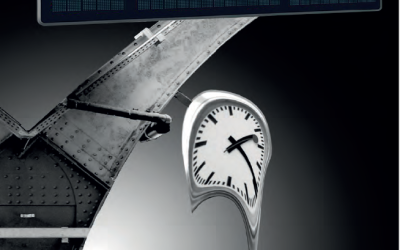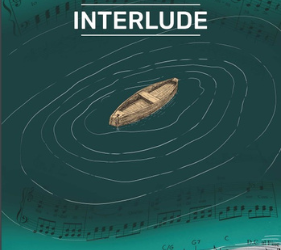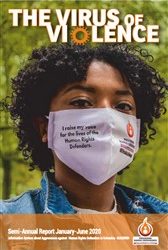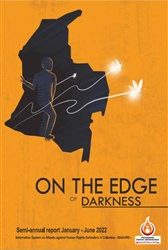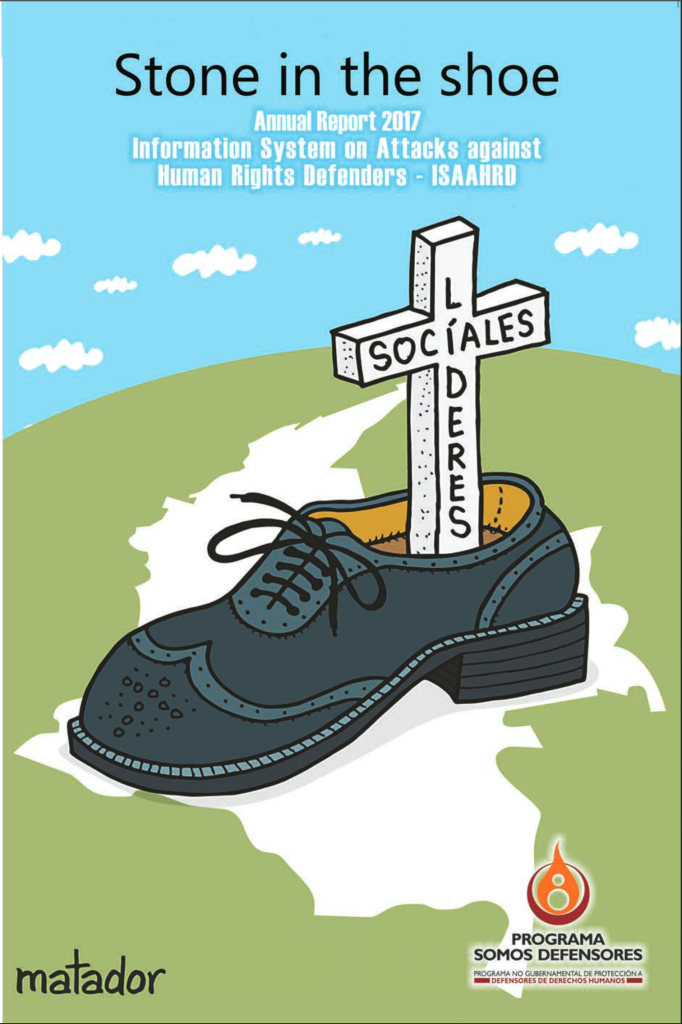
Claroscuro, (Chiaroscuro) is how we named the annual report of 2011, following the first year of government of President Juan Santos, who started out by fixing the broken bridges that his predecessor left behind. In it, we recognized the pondered, reconciliatory and political tone of the new President that contrasted with the aggressiveness of the previous one. We also referred to the recognition of the armed conflict, which without a doubt cleared the path for peace negotiations and the normative package in relation to protection, human rights and the law of victims and restitution of lands. To sum up, the picture was becoming clearer and more encouraging. In contrast, many situations in the regions and especially for social movements and human rights, it remained to be difficult, exacerbation of the armed conflict, militarization of territories, rise of successor groups of paramilitarism, threats and more. That means, the darkness remained.
Today, near the end of the second term of President Santos, the scenario can continue with the same qualification: Claroscuro. Certainly, the Peace Agreement with the FARC, their incorporation into legal political life, the lowest social violence rates in the country’s history, the Dialogue Table with the ELN, the national sensitivity before corruption, the spirit of the people to go out and fill public squares requesting a change and the many investigations that move along the judicial stages, despite the corruption, are good reasons to pre serve the hope and encouragement to continue looking for the much desired peace in Colombia.
However, the darkness endures along the national scene and becomes broken mirrors that are reflected in a negative way in many territories, veiling the possibility to see the light: The breach of the Peace Agreements by the Colombian State, the denial of the traditional political class to the democratic opening, the extreme extractivism of the natural goods despite the climatic change, the corruption of the political and economic elites of the country, the culture of hate exacerbated by sectors of extreme right that lead the country to a polarization with no return, but above all, the murder of both male and female social leaders.
Undoubtedly, for those who monitor and observe the attacks against human rights defenders in Colombia, the year 2017 was the most critical in the 7year term of the current President. This is testified by the different figures that abound in the context. Such degree of aggressiveness against these activists, is with no doubt very serious, and besides worrying the human rights movement, researchers, the international community and sectors sensitive to the phenomenon, it became a STONE IN THE SHOE of the National Government within the framework of its peace policy. But if it is read from a different angle, it is also an opportunity to make a common cause and fix the focus on this phenomenon to overcome it.
Consequently, and as a contribution to this greater search, this report PIEDRA EN EL ZAPATO (A STONE IN THE SHOE), analyzes the situation that occurred during 2017 on this matter in several senses: A first chapter that shows in figures, from the different sources of information the situation of risk in which human rights activists live in the country. A second section with a summary of the different regulations for security and protection, arising from the peace agreements and that, if implemented, are quite an opportunity to close this dark chapter of the country’s life. A third segment that critically reads the results of the different governmental and state instances in relation to the problem. A fourth chapter that warns that this situation of harshness, hatred and stigmatization that falls particularly on the social and popular leadership of the country, we have already lived and cannot continue, even more in a context of search for peace. The fifth section that collects the 20year memory of the United Nations Declaration on human rights defenders, which also coincides with the two decades that the Colombian State has been trying to protect these activists with normative and physical routes, and which today become a challenge to be implemented under the light of the Peace Agreements.
Finally, the section where the figures on aggressions against human rights defenders during 2017 are analyzed, examined from the Information System, which, partially, account for the situation.
But as we mentioned at some point, a positive aspect of this dark landscape is the media’s sensitivity in front of the phenomenon, including amongst them, the cartoon artists, who from the aesthetics of humor and persuasive images, illustrate that reality and sensitize the public opinion. Therefore, this report LA PIEDRA EN EL ZAPATO has the invaluable collaboration of several artists of this journalistic genre, who team up to support the cause of human rights defenders. Thus we express a special thanks to Julio César González – MATADOR, Pablo Pérez – ALTAIS, Carlos Arturo Romero, Marco Pinto, Harold Trujillo CHÓCOLO and Cecilia Ramos LA CHÉ.
We also thank the technical support provided to the SIADDHH by the Center for Research and Popular Education CINEP and the Colombian Commission of Jurists CCJ; as well as the assistance from the human rights platform Coordination Colombia Europe United States CCEEU, the Movement of Victims of State Crimes MOVICE, Colombia Diversa, Patriotic March, the People’s Congress, the Agrarian Summit, Ethnic Peasant and Popular and the Indigenous Organization of Colombia ONIC, for the information that sustains our report. Special thanks to the Office of the United Nations High Commissioner for Human Rights in Colombia – OACNUDH, the Ombudsman’s Office and the Kroc Institute.
Also, a special and sincere recognition to the Royal Norwegian Embassy in Colombia, for its unquestionable political and financial support, and the international cooperation agencies DIAKONIA Sweden, MISEREOR Germany and Terre des Hommes – Schweiz, because their support was fundamental for the realization of this Report.


